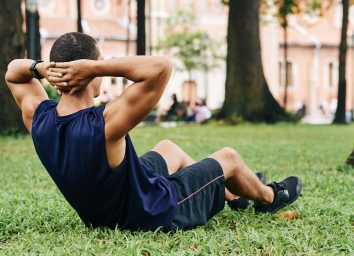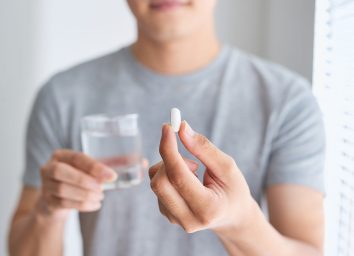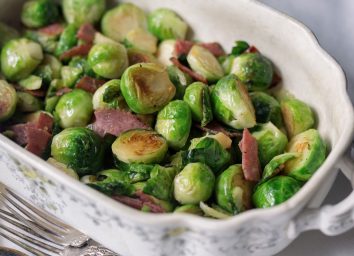Foods That Make Men More Sexually Attractive
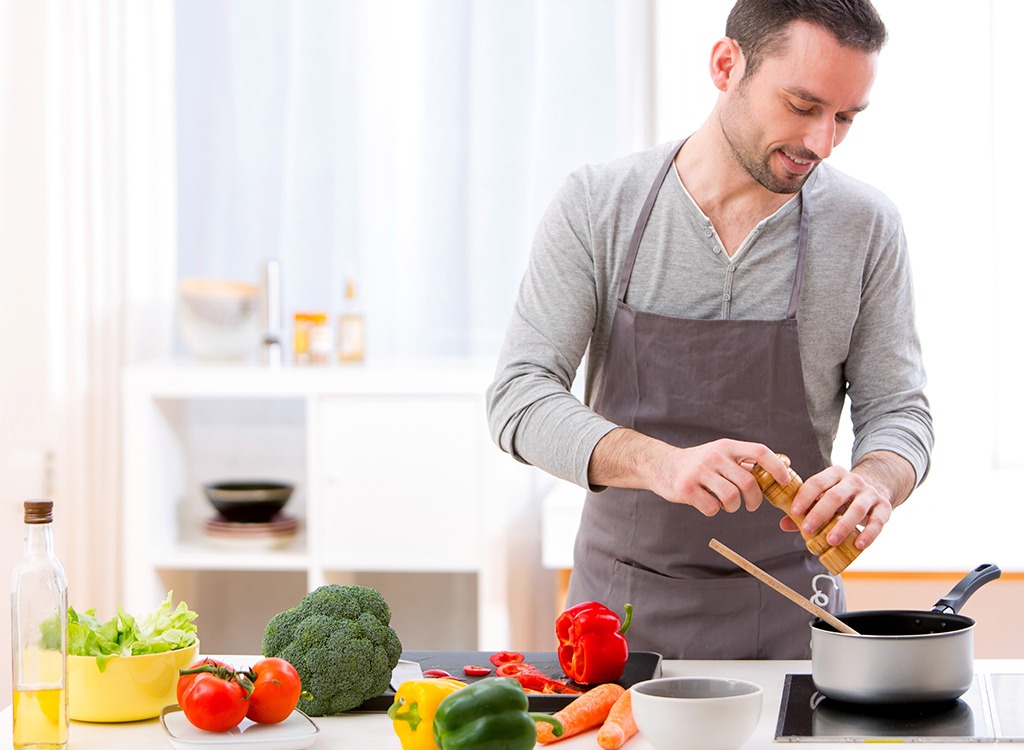
If we said that your diet can boost your sex appeal, what would you think? You’d probably imagine the positive cumulative effect of thoughtful choices on your waistline, abs, skin, hair, and mood. All that, of course, is true. But certain foods can also play a role in your attractiveness in a much more immediate way — we’re talking about food’s effect on pheromones: the chemicals we excrete in our sweat, saliva and other body fluids that have a social or sexual effect. Yes, by eating certain foods, men may invisibly broadcast that they’re worth getting to know, in the biblical sense. The hormones androstenone and androstenol, which give off scents that may attract others, exist in a handful of foods that can be found at any supermarket or restaurant. If you’re a man, try eating the following foods, and see if anything interesting happens. And if you’re a woman who finds a man inexplicably irresistible, check what he just ate.
Celery
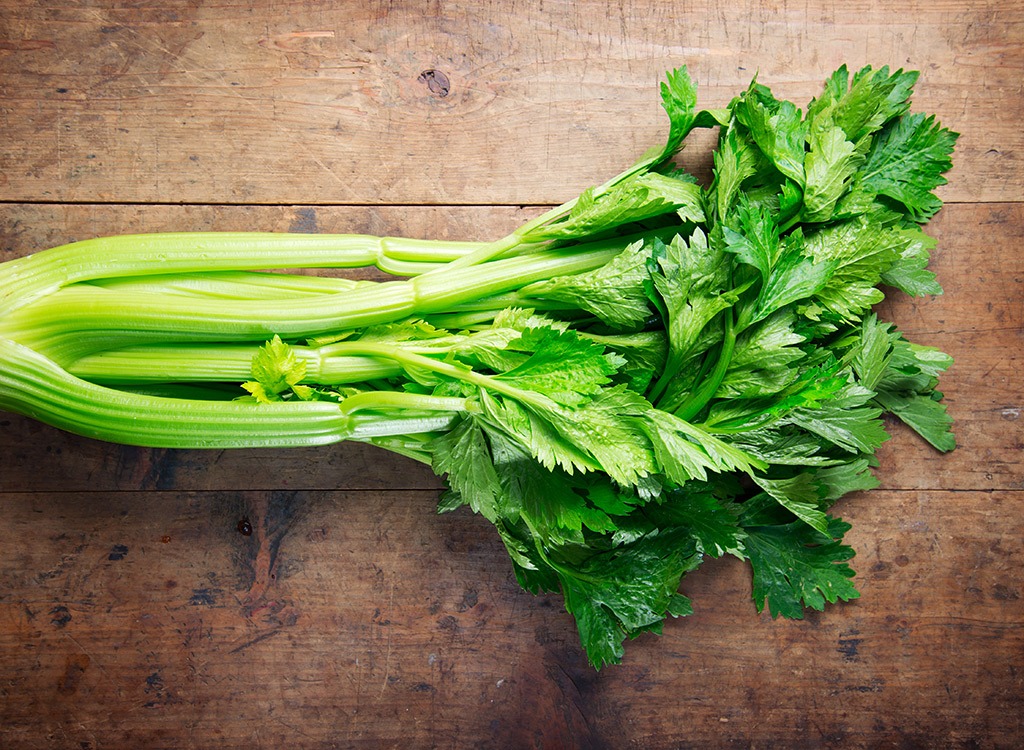
Nutritionally, there’s a lot to be said for celery. It’s high in fiber, and digesting it causes your body to work harder and expend more calories than most foods. It’s also a great source of vitamin K, folate, potassium and manganese. But beyond all that, every stalk is packed with androstenone and androstenol. “When you chew a stalk of celery, you release androstenone and androstenol odor molecules into your mouth. They then travel up the back of your throat to your nose,” says Alan Hirsch, MD, author of Scentsational Sex. “Once there, the pheromones boost your arousal, turning you on and causing your body to send off scents and signals that make you more desirable to women.” Men, you could do worse than ordering a Bloody Mary at brunch, and you won’t have to wait long before the celery takes effect. The pheromones are released immediately, says Hirsch.
Truffles
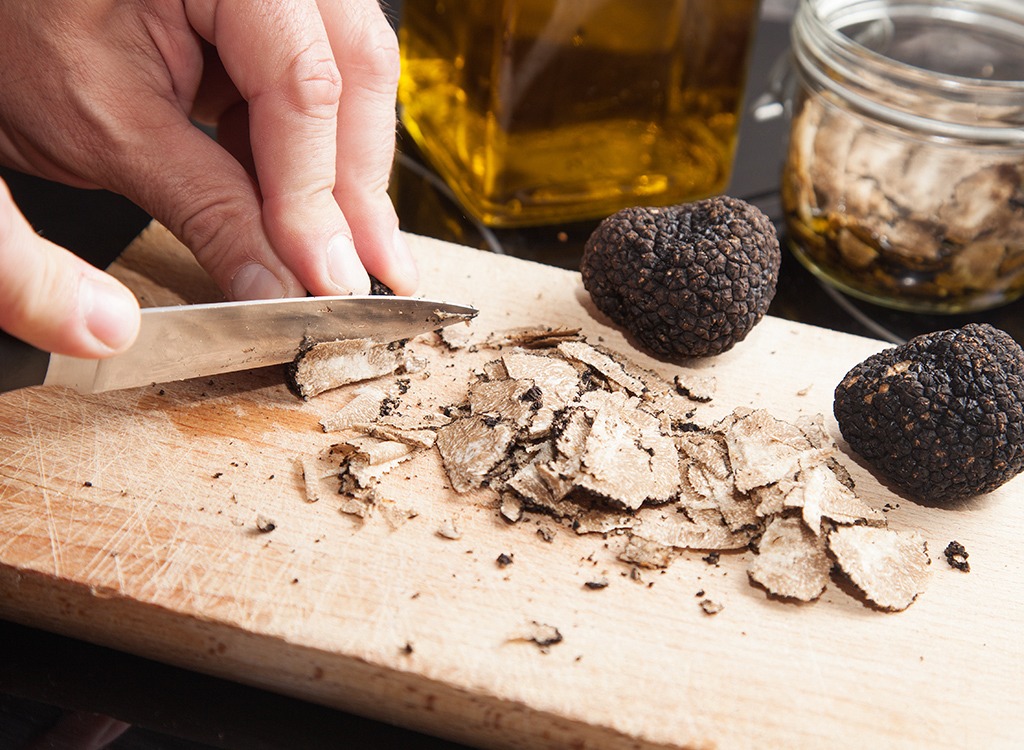
Pardon the visual, but there’s a reason that pigs hunt for truffles: They’re especially affected by androstenone and androstenol. In 1981, German researchers discovered that androstenol is produced by many varieties of the subterranean fungus considered a delicacy. (In fact, The New York Times reported that people who use sows to hunt for truffles “often find it hard to prevent a sex-crazed animal from eating the truffle she has found, and may lose fingers in the attempt.”)
Truffles themselves are devilish pricey — selling for about $100 per ounce — but truffle oil also contains the pheromones, and it’s part of the esteemed Mediterranean diet. Give it a whirl yourself, but be warned: 25% of people can’t detect androstenone, and 40% of people are too sensitive to androstenol and find it foul smelling. The remaining 35% may find you wildly attractive. Research from Rockefeller University revealed that this is mostly due to to genetic variations in a single odorant receptor called OR7D4. So now you know.
Parsnips

The third food with high concentrations of androstenol are parsnips, the long, ugly, light brown veggies that taste like a carrot-potato hybrid. Far cheaper than truffles, parsnips have the added advantage of containing boron, which has been shown to help the body metabolize and use estrogen and enhance blood levels of testosterone. Plus, root vegetables like parsnips are rich in folate, as well as vitamins A and C, and studies have found they boost blood flow to the brain.
Lavender & Pumpkin Pie

Neither of these items contain androstenone or androstenol, but the aforementioned Dr. Hirsch found that the combined scents of lavender and pumpkin pie increased penile blood flow in study participants by 40%. The second most arousing scent combo was black licorice and doughnut, which increased penile blood flow by 31.5%. (We can’t recommend the last two, but pumpkin is a legitimate superfood.

